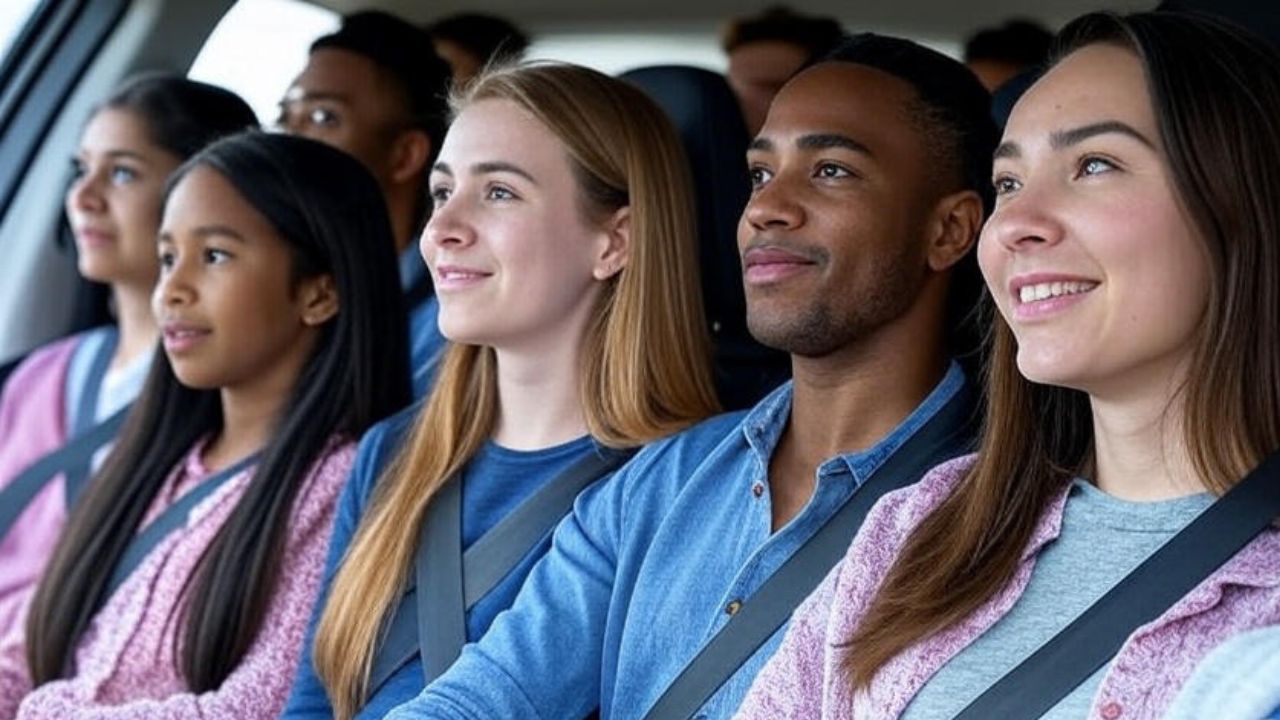
In September 2025, South Africa has introduced new road safety regulations that focus on stricter seatbelt and helmet laws aimed at reducing road fatalities and injuries. Authorities have stressed that these updates are not just rules but life-saving measures that could significantly improve public safety. The new law requires all passengers in vehicles, including those in the back seat, to wear seatbelts at all times, and drivers are now liable for penalties if passengers fail to comply. Similarly, motorcyclists and pillion riders must wear certified helmets that meet safety standards. These helmets must cover the full face or at least provide robust chin and head protection. The government has also announced heavier fines and stricter enforcement, with traffic officers conducting more roadside checks. Road safety campaigns are being launched across communities to raise awareness and ensure compliance. These steps signal a renewed focus on building safer roads and reducing preventable accidents across the nation.
Why the New Seatbelt Laws Matter
The revised seatbelt regulations are being introduced after extensive research showed that unbelted passengers are among the leading contributors to serious road injuries. By making it mandatory for everyone in the vehicle to buckle up, regardless of where they sit, the government aims to create a culture of accountability and safety. The law particularly addresses cases where children and rear-seat passengers were often ignored in enforcement. Now, drivers will face fines if their passengers are not buckled up, reinforcing the idea that safety is a shared responsibility. Road safety experts argue that even at lower speeds, the impact of a collision can be deadly if seatbelts are not worn. The government has tied these measures to its Vision Zero initiative, which seeks to drastically cut road deaths in the next decade. Public transport operators and private vehicles alike are expected to comply, and schools are also being urged to teach children about the importance of seatbelt use.
Stricter Helmet Laws for Riders
Alongside seatbelt reforms, the government has also rolled out stricter helmet laws that target both riders and passengers on two-wheelers. From September 2025, only certified helmets with proper quality marks will be permitted, and non-compliant helmets will result in heavy fines. This move comes after reports that substandard helmets contributed to thousands of avoidable deaths each year. Full-face helmets or helmets offering strong chin protection are encouraged to minimize head trauma during crashes. The new law also bans riders from using helmets that are damaged, cracked, or modified in unsafe ways. Traffic police have been authorized to seize unsafe helmets during inspections. These laws apply to delivery riders, daily commuters, and recreational bikers alike, ensuring that safety is universally enforced. Awareness campaigns are being launched in urban and rural areas, highlighting real-life stories of survivors whose lives were saved by quality helmets, aiming to drive behavioral change among riders.
Penalties and Enforcement Measures
To ensure compliance with the new seatbelt and helmet regulations, the government has set forth strict penalty guidelines. Fines for not wearing seatbelts have doubled, and repeat offenders may face license suspensions or even court hearings. For helmet violations, penalties include confiscation of substandard helmets, on-the-spot fines, and higher charges for repeat breaches. Law enforcement officers will increase roadside checks, particularly in high-risk areas and during peak travel times. The government has also invested in automated systems such as CCTV cameras to detect violations and issue e-fines directly to offenders. Public transport services, including taxis and buses, are being closely monitored to ensure passengers are protected. Officials believe that these penalties are necessary to instill discipline and ensure drivers and riders take the laws seriously. With a clear focus on deterrence, the enforcement strategy aims to make safety compliance a daily habit rather than an occasional effort.
Building a Culture of Road Safety
Beyond fines and enforcement, the long-term success of these new laws depends on changing public attitudes toward safety. The government and civil society groups are working together to build awareness campaigns, educational programs, and community outreach initiatives that emphasize the importance of road safety. Schools are being encouraged to include road safety lessons in their curriculum, while companies with delivery fleets are urged to train drivers on compliance. Media outlets are playing a role by broadcasting survivor stories and expert opinions on the benefits of safety gear. The ultimate goal is to create a culture where wearing a seatbelt or helmet is second nature, much like using a phone or carrying an ID. Officials argue that with consistent enforcement and widespread public support, South Africa can drastically reduce road fatalities and set an example for other countries. These September 2025 updates could mark the start of a safer era for commuters across the nation.






